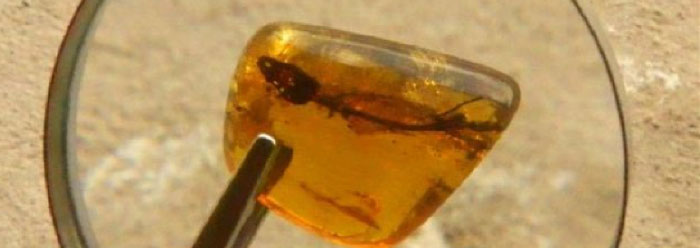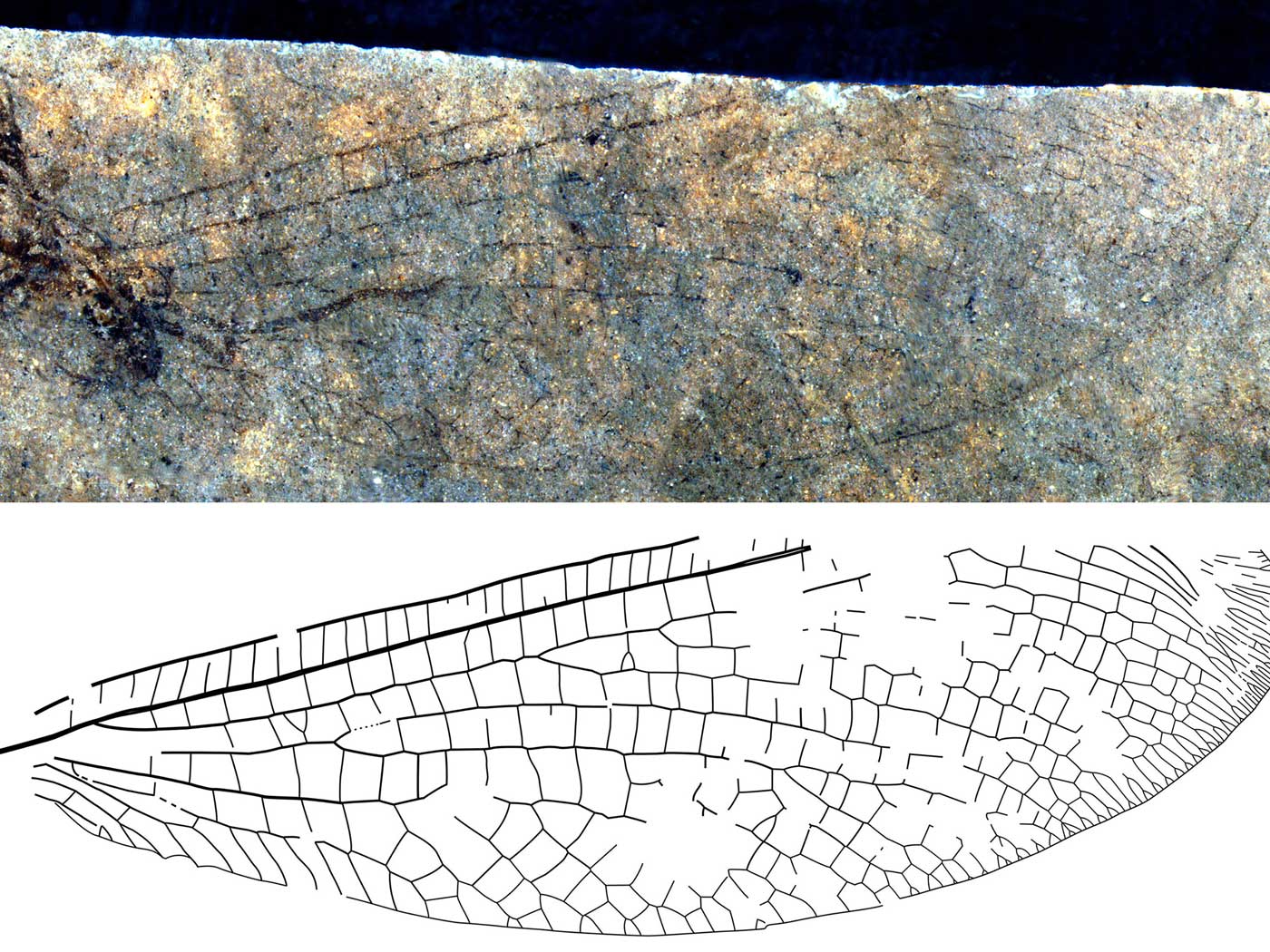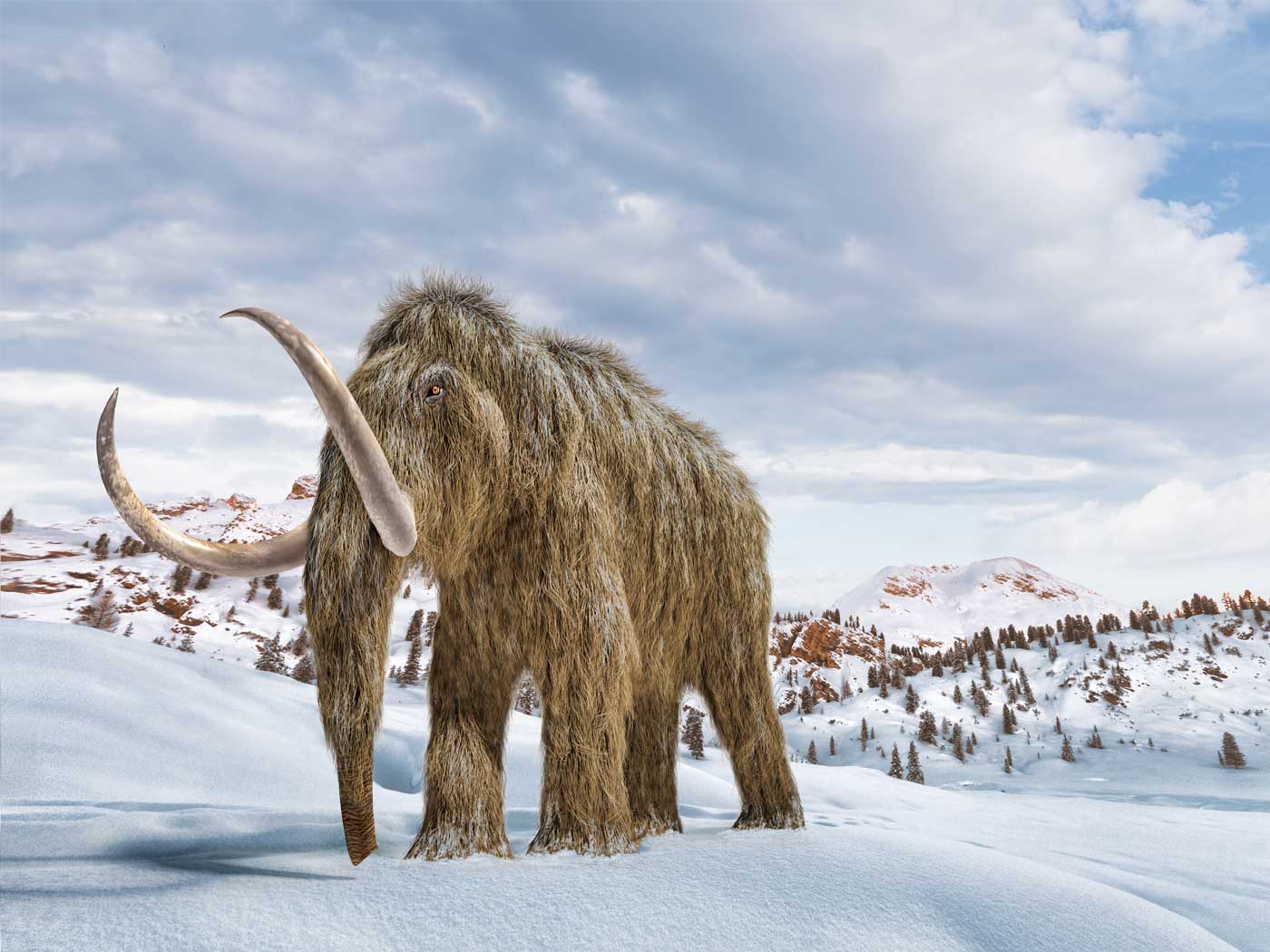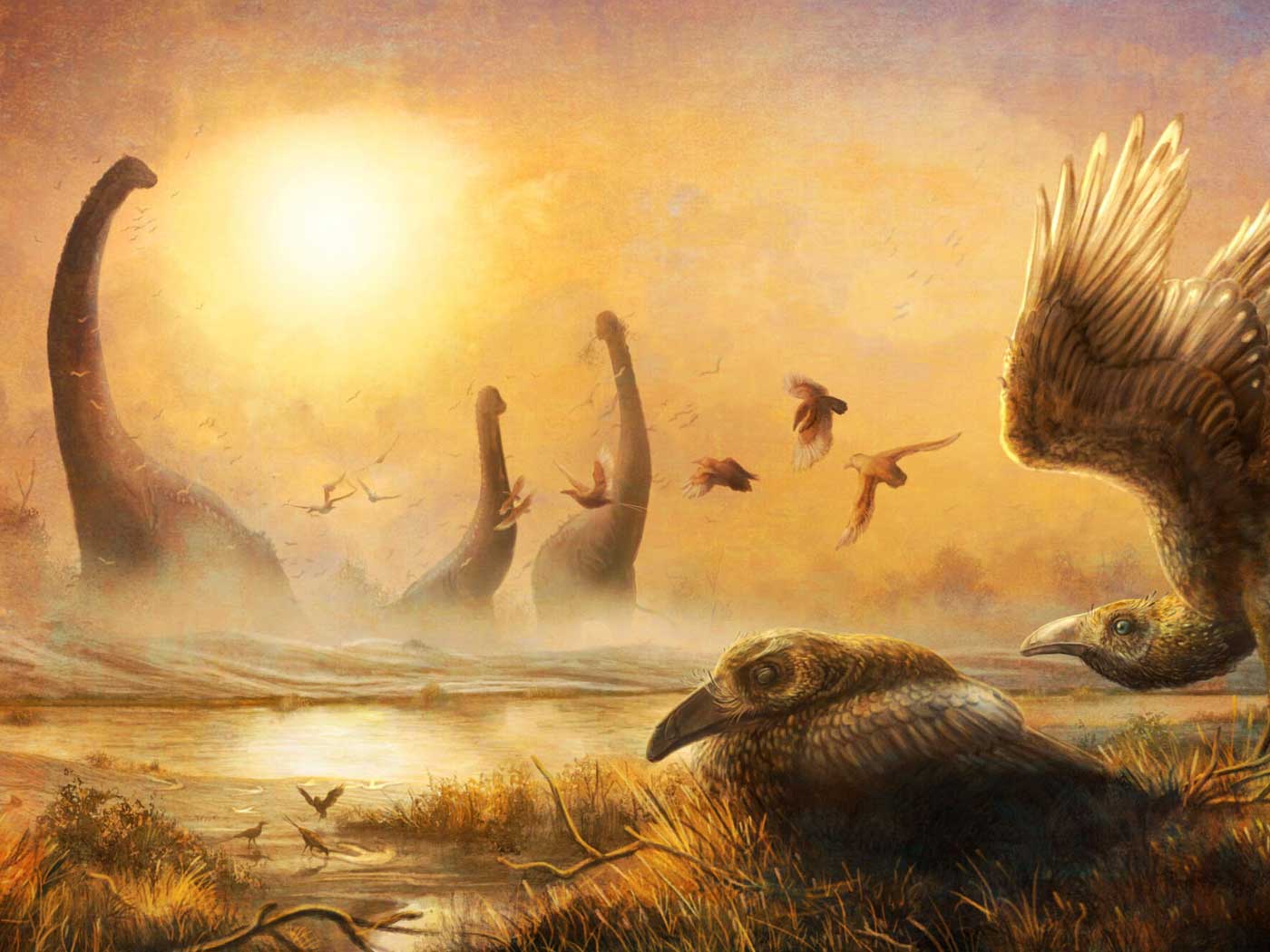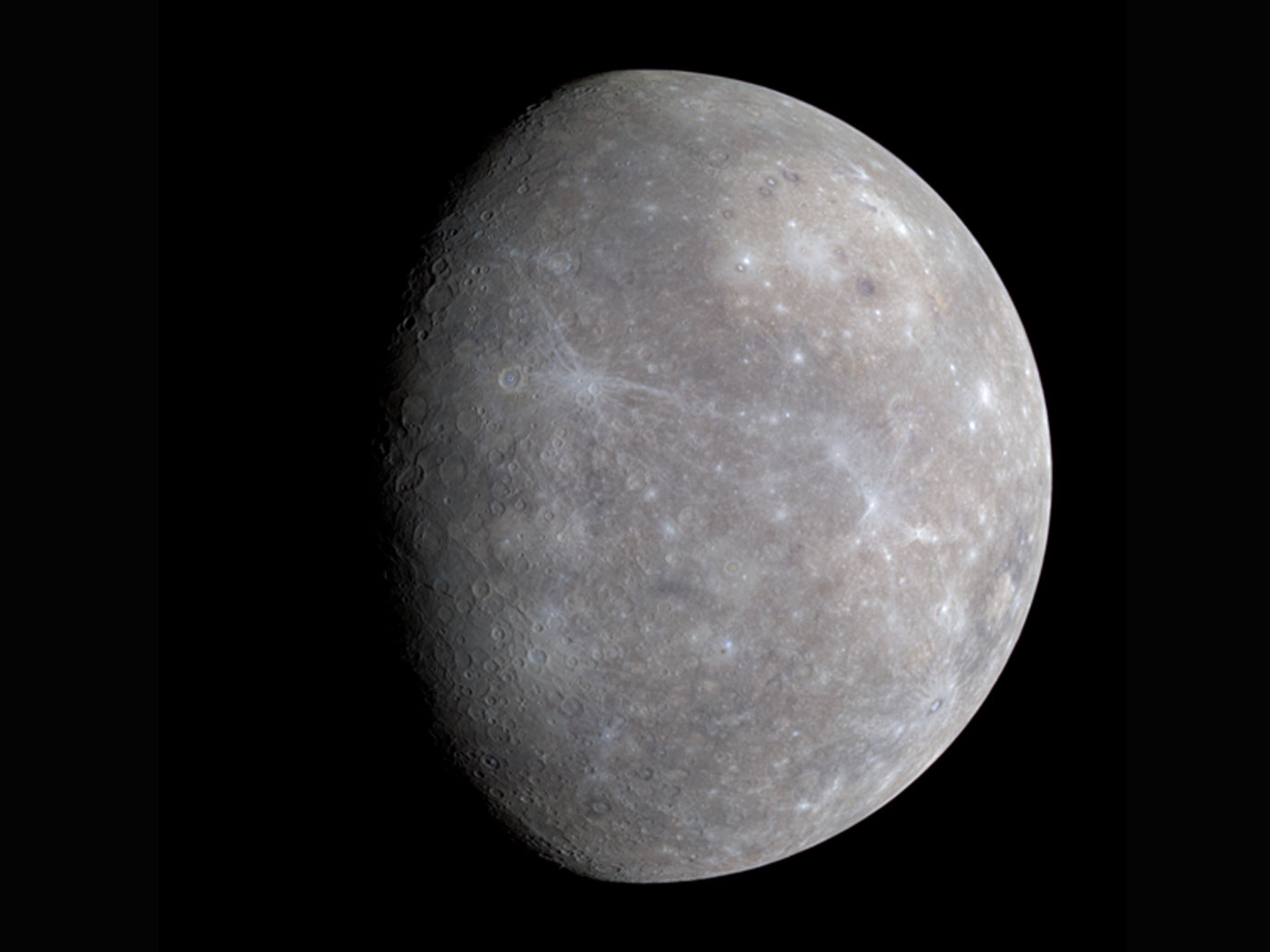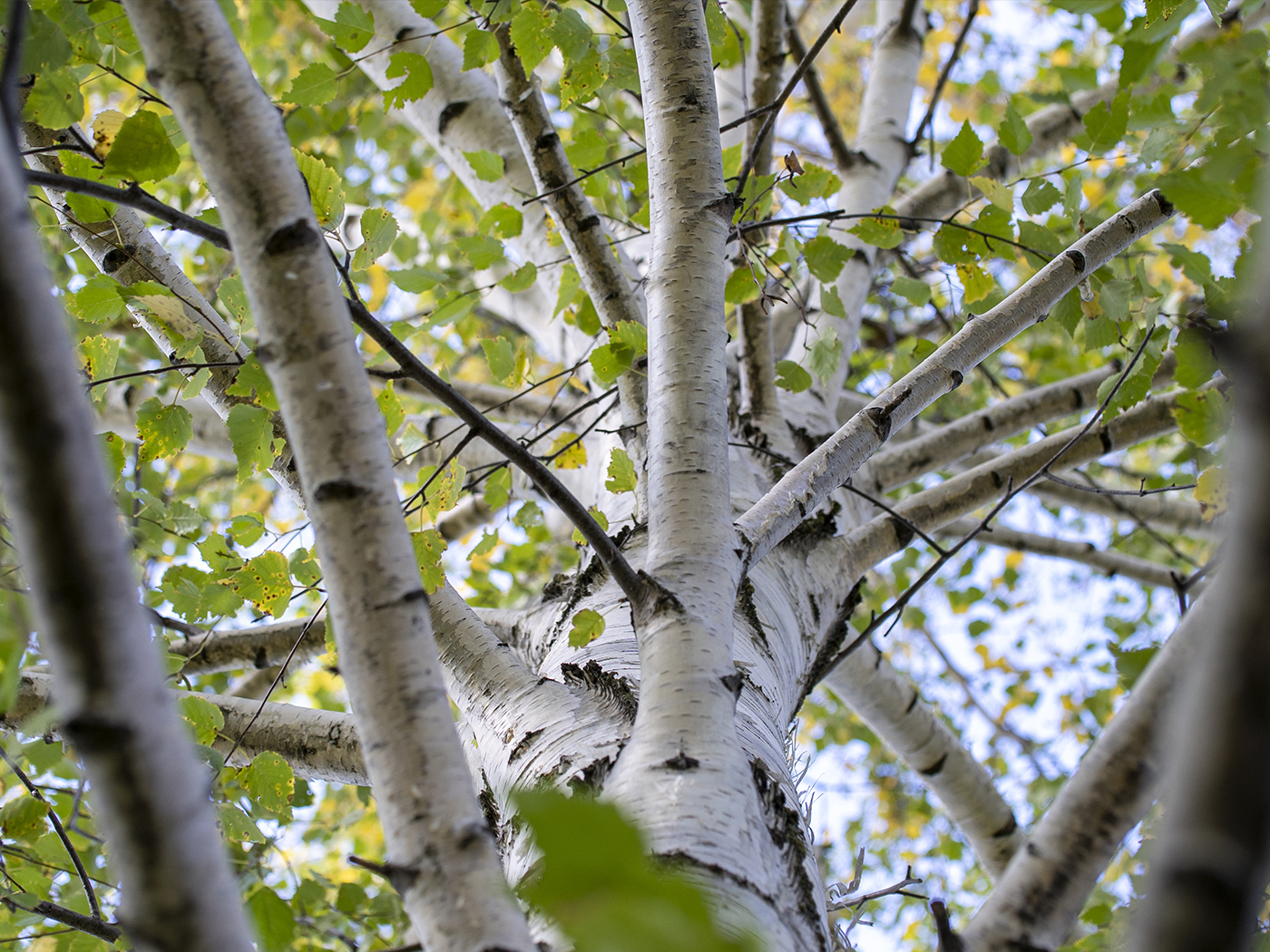The Amber Museum in the Mexican city of San Cristóbal de las Casas has a new specimen. Amber sometimes preserves insects, but this specimen contains a whole lizard. This unique discovery confirms two clear trends found in amber fossils.
The discovery site lies within the state of Chiapas in far southern Mexico. Amber collecting has become a key economic activity in that region.
Fox News Latino reported this remarkably rare find, which not only preserves the entire body of a vertebrate, but also preserves some of that creature's original soft tissues.1
Creation Science Update reported the 2008 discovery of an amber-encased gecko leg from Myanmar.2 Although dated at 100 million years, it was identical to modern gecko legs and instantly doubled geckos' supposed length of stay on planet Earth.2 That discovery confirmed one clear trend—animals and plants found as amber fossils look remarkably similar to their living counterparts.
Although some amber-encased plants, protists, and insects—or often just their varieties—have apparently gone extinct, many clearly identify with recognizable forms—including spiders, yeast, hair, ants, flies, butterflies, algae, amoebae, and even gall mites.3,4,5,6
A second clear trend among amber finds, one that the Mexican lizard fossil also confirms, has to do with their ages. Assigning an age of millions of years to these artifacts introduces a thus-far unsolved problem—how to explain the preservation of pristine tissues and whole body structures after millions of supposed years lying within Earth's layers.7
Fox News Latino quoted Francisco Riquelme of the National Autonomous University of Mexico describing the amber specimen as, "a complete and articulated animal that also preserves remains of soft tissue and skin."1
How can this possibly be true, given that "specimens found in the state date back a minimum of 23 million years ago because that is the age of the amber that is extracted from deposits in the municipalities of Simojovel, Huitihupan, El Bosque, Pueblo Nuevo, Palenque, Totolapa and Malpaso?"1 After all, lizard tissues are made of proteins, and studies have clearly shown that proteins turn to dust in only thousands of years—especially in tropical temperatures.8
Like original insect biochemicals and intact body tissues found in amber deposits around the world, these lizard remains retain their pristine quality. If they're really millions of years old, the body tissues would have certainly turned to dust. Of course, if these ambers originated within the last few thousand years, the age problem dissolves.
And both trends—animal kinds that stay the same without showing evolution between basic forms, and soft tissues that stay the same without showing even a million years' worth of decay—match the Bible's concept of recent and complete creation.
References
- 23-Million-Year-Old Lizard Fossil Found In Mexico. Fox News Latino. Posted on latino.foxnews.com July 8, 2013, accessed July 22, 2013.
- Thomas, B. Fossilized Gecko Fits Creation Model. Creation Science Update. Posted on icr.org September 8, 2008, accessed July 22, 2013.
- Thomas, B. Amber-Trapped Spider Web Too Old for Evolution. Creation Science Update. Posted on icr.org November 20, 2009, accessed July 22, 2013.
- Thomas, B. Scan of Amber-Trapped Spider Shows Recent Origin. Creation Science Update. Posted on icr.org May 27, 2011, accessed July 22, 2013.
- Thomas, B. '45-Million-Year-Old' Brewer's Yeast Still Works. Creation Science Update. Posted on icr.org August 17, 2009, accessed July 22, 2013.
- Thomas, B. Why Do Creatures in Ancient Amber Look So Modern? Creation Science Updates. Posted on icr.org September 7, 2012, accessed July 22, 2013.
- Thomas, B. 2010. Amber Jewelry: A Conversation Piece for Creation Evidence. Acts & Facts. 39 (9): 17.
- Buckley, M., Collins, M.J. and 25 others. 2008. Comment on "Protein Sequences from Mastodon and Tyrannosaurus rex Revealed by Mass Spectrometry." Science. 319 (5859): 33.
Image credit: Copyright © 2013 Fox News Latino. Adapted for use in accordance with federal copyright (fair use doctrine) law. Usage by ICR does not imply endorsement of copyright holders.
* Mr. Thomas is Science Writer at the Institute for Creation Research.
Article posted on July 25, 2013.




